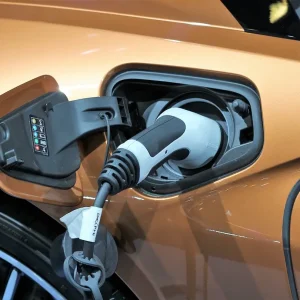The path to employee mobility can be complex and challenging. Many factors can disrupt how businesses provide it and those organisations often require a broad ground transportation strategy that encompasses a range of options.
With regards to the recent disruption around availability, vehicle supply is easing, though some providers are not back in the age of abundance just yet. This is leading to demand for rental, especially as a stopgap while drivers wait for their company car.
While many are finding this an effective solution, and rental remains a vital part of the mix, some businesses may wish to consider additional mobility options to ensure they meet the needs of all employees.
Hybrid working means employees need mobility in many more locations, while regulation is leading businesses to explore alternative fuel vehicles while the fuelling infrastructure is in development.
So how can organisations ensure they keep employees mobile while adjusting to the demands of hybrid working and decarbonising their fleet, alongside issues with vehicle supply? Multi-modal and connected travel is one potential strategy.
We recently commissioned Opinium to poll the views of 4,000 people who drive for business across Europe, including 1,000 in the UK. This research showed that nearly half of employees who make business trips want better multi-modal travel options for work journeys.
More than two-thirds (68%) of respondents said that their business journeys are not possible by public transport alone. A multi-modal approach combined with some car use is essential to provide effective mobility.
Interestingly, many want their employers to do the legwork by making it easier for them to use a mix of transport types for their journey.
This could include combining various types of public transport with renting an e-bike, car or scooter or using an on-street car club. As well as driving down grey fleet usage and the associated costs of mileage reimbursement, greater use of shared transport helps reduce emissions.
More than a third (37%) of respondents said they were already making multi-modal journeys for leisure travel, but less than a fifth (18%) had used multi-modal travel for work. If travel policies aren’t encouraging a multi-modal approach, this could be an area to revisit.
Younger Generation Z employees born between 1996 and 2015 are the multi-modal enthusiasts: almost nine in ten (88%) had made this type of journey in the last 12 months, compared with only 57% of Baby Boomers born before 1964.
Employers looking to recruit talented people from younger age groups may want to bear this in mind when reviewing employee mobility and travel policies, and when promoting travel options.
Our research showed that two-thirds (64%) of companies aren’t encouraging multi-modal travel, with most (87%) still relying on employees to use their own personal car for work trips.
Multi-modal travel is worth considering as a clearly articulated part of a modern, more sophisticated ground transportation policy. It can be effective both in providing mobility at a time when there is disruption on several levels, and as a longer-term strategy to appeal to younger recruits with new travel priorities.
Paul McCorkell is director of business rental UK & Ireland for Enterprise





